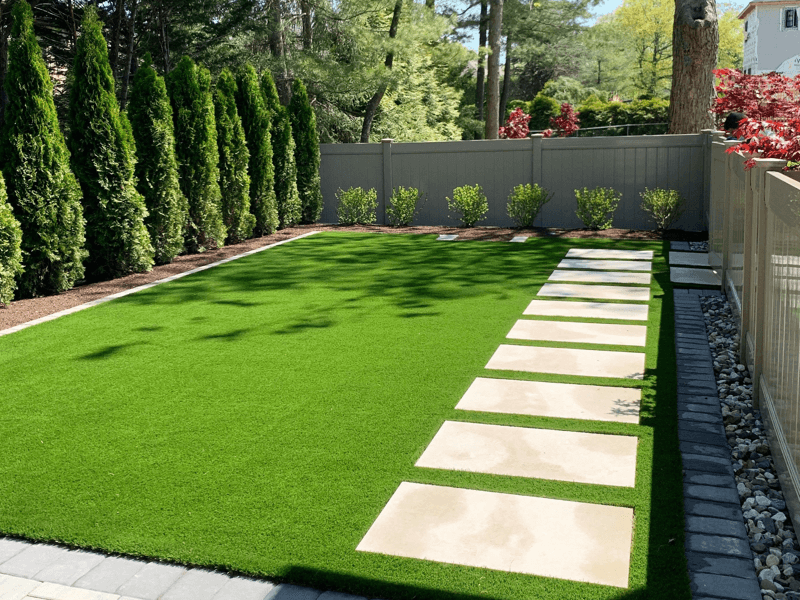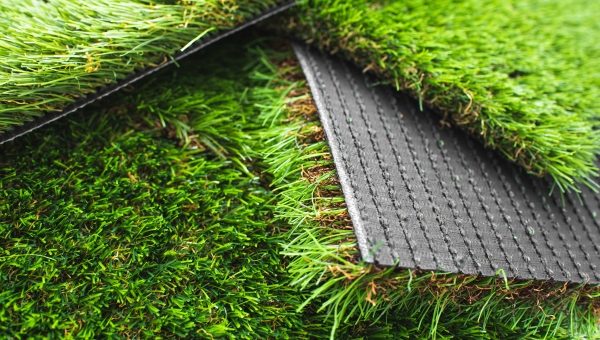Enhance Your Outdoor Space with Arizona Artificial Turf for a Evergreen Green Look
Enhance Your Outdoor Space with Arizona Artificial Turf for a Evergreen Green Look
Blog Article
See Why Homeowners Prefer Synthetic Grass for Lasting Landscaping Practices
As house owners progressively prioritize sustainability in landscape design, synthetic turf has actually arised as an engaging alternative to traditional grass. What stays to be checked out is the full extent of benefits that artificial lawn can offer to homeowners and the environment alike.
Water Conservation Advantages
One of the most considerable advantages of fabricated turf is its role in water conservation. In contrast, man-made lawn eliminates this need entirely, as it does not need watering.
In addition, the setup of synthetic grass can add to a much more lasting landscape. Property owners can dramatically reduce their water costs, enabling reallocation of resources to other environmental campaigns or house uses. Additionally, artificial turf is made to stand up to different weather problems without the demand for supplementary watering, making it a suitable option for areas facing water scarcity.
The ecological advantages expand beyond immediate water cost savings. By minimizing water usage, artificial turf helps to alleviate the impacts of environment change, maintaining vital environments that are endangered by too much water removal. As lasting landscaping techniques acquire grip, man-made grass emerges as a liable choice for homeowners looking for to develop environment-friendly outdoor areas.
Reduced Maintenance Efforts
Fabricated grass substantially lowers maintenance efforts contrasted to conventional yard yards. With fabricated lawn, property owners can get rid of the time-consuming jobs related to all-natural landscape design, such as mowing, fertilizing, and weeding. This not only conserves important time but also decreases physical labor, making grass care accessible for people of any ages.
Among the most significant benefits is the absence of regular mowing. Conventional yards require frequent trimming to keep an aesthetically pleasing elevation, whereas artificial grass continues to be continually lush without the need for cutting. Furthermore, home owners no more require to use plant foods or chemicals, which are usually required to maintain natural yard healthy and balanced. This change not only lightens the work but likewise advertises a neater, a lot more uniform appearance year-round.
In addition, artificial lawn is resilient and resilient, needing marginal upkeep beyond periodic cleaning and rinsing to remove debris. This convenience of upkeep permits homeowners to enjoy their outside rooms without the constant fear of upkeep, offering even more time for leisure and family activities. Inevitably, the reduced upkeep initiatives related to man-made turf make it an enticing alternative for those looking for a low-maintenance, aesthetically appealing landscape.

Ecological Effect Decrease
There is a growing recognition of the environmental benefits associated with synthetic grass, particularly in terms of water conservation and lowered chemical use. Traditional yards call for considerable quantities of water, especially in drought-prone areas, causing raised stress on neighborhood water resources. On the other hand, synthetic grass gets rid of the need for irrigation, substantially decreasing water intake and promoting sustainability.
Furthermore, traditional yard maintenance often entails the application of fertilizers, pesticides, and herbicides, which can add to dirt and water pollution. Synthetic grass alleviates this environmental danger by calling for marginal upkeep and virtually getting rid of the demand for hazardous chemicals. This not just boosts dirt wellness however likewise safeguards local ecological communities from hazardous drainage.
In addition, the manufacturing of all-natural yard yards typically includes using fossil fuels for trimming and landscaping devices, additional adding to greenhouse gas emissions. By choosing synthetic grass, property owners can dramatically reduce their carbon footprint connected with grass treatment activities.
Aesthetic Appeal and Convenience
In enhancement to its environmental advantages, fabricated lawn uses significant visual allure and adaptability for landscape design. House owners can achieve a rich, green appearance year-round, getting rid of the seasonal variations frequently related to natural yard. This regular aesthetic not just enhances the visual charm of a building yet likewise adds to a well-maintained and refined look.
Moreover, synthetic grass is available in a selection of colors, designs, and textures, enabling modification to match individual preferences and style themes - pop over here Arizona turf. Whether utilized in household gardens, commercial areas, or entertainment areas, it can seamlessly integrate into diverse landscaping layouts, from modern minimal to lavish tropical setups
The convenience of synthetic grass expands past plain appearance; it can be set up in different places, including roofs, patios, and even indoor spaces, creating possibilities for distinct landscaping solutions. In addition, it is ideal for a variety of tasks, from kids's backyard to pet-friendly atmospheres, providing performance without compromising style.
Ultimately, the visual charm and flexibility of fabricated grass make it an appealing choice for home owners looking for lasting landscaping solutions that do not compromise beauty for ecological responsibility.

Long-Term Cost Cost Savings
One of the most compelling benefits of man-made turf is its capacity for long-term expense savings. Unlike natural turf, which needs regular upkeep-- consisting of mowing, watering, feeding, and insect control-- artificial grass dramatically minimizes these continuous expenditures.
Furthermore, synthetic grass has a life-span of 15 to 25 years, depending upon its high quality and usage. This sturdiness minimizes substitute expenses, making it a more economical option in the future. The initial investment in artificial turf can typically be recouped through the financial savings accrued over time.
While the in advance price might seem higher contrasted to turf installation, the cumulative cost savings from minimized maintenance and water use frequently surpass these first expenditures. Ultimately, the adoption of synthetic grass not only promotes a lasting landscaping service however also offers home owners an economically wise alternative that straightens with lasting budgeting goals.
Verdict
Fabricated lawn arises as an engaging choice for lasting landscaping, supplying considerable benefits in water conservation, reduced maintenance initiatives, and lessened environmental impact. As areas increasingly focus on eco friendly methods, the adoption of man-made lawn stands for a dynamic step towards attaining resistant and lasting landscapes.
Additionally, synthetic lawn is designed to hold up against different climatic conditions without the demand for extra watering, making more helpful hints it a perfect choice for areas facing water scarcity. (Arizona turf)

Fabricated grass arises as an engaging option for sustainable landscaping, supplying significant benefits in water preservation, reduced maintenance efforts, and lessened ecological effect.
Report this page